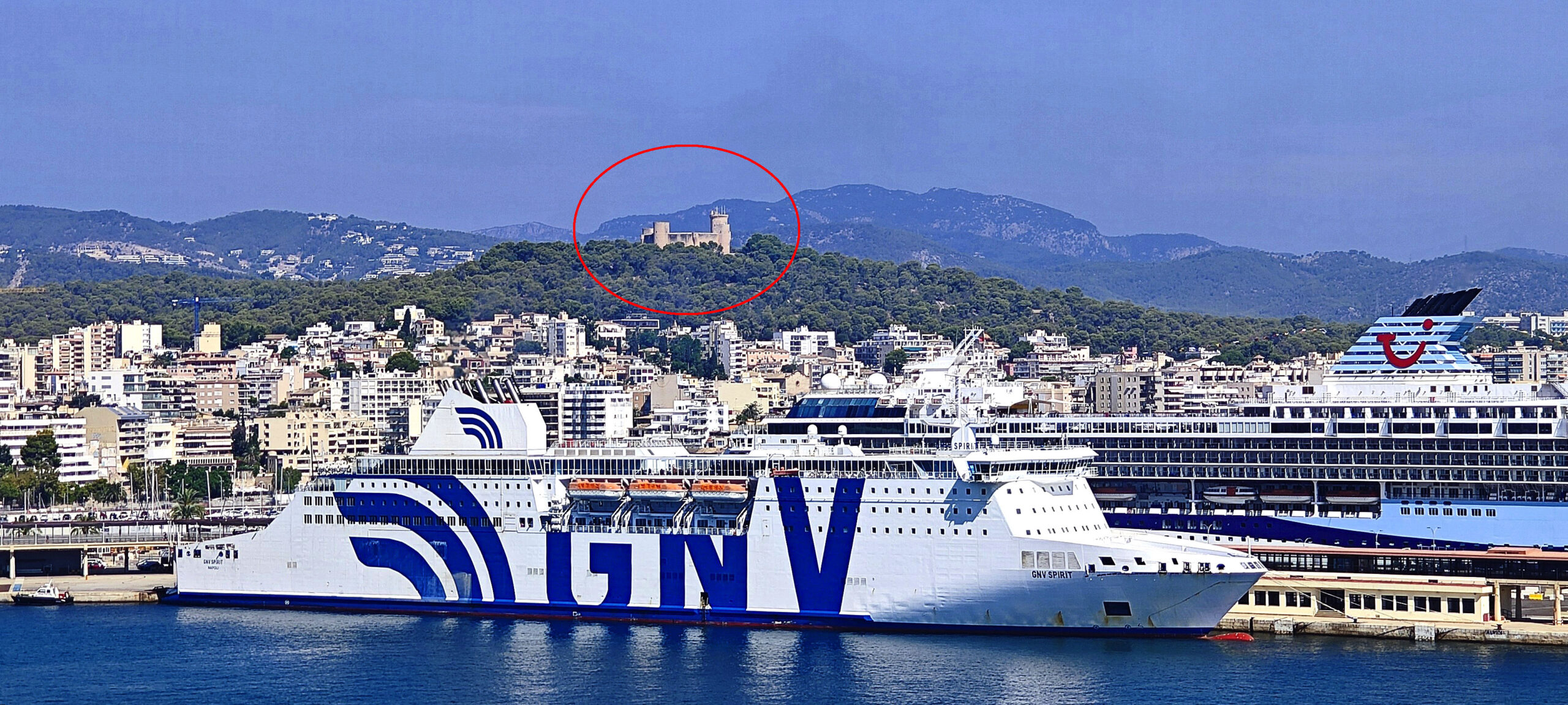BELLVER CASTLE – PALMA DE MALLORCA
 The BELLVER CASTLE is situated at a distance of about 3 Km from the centre of Palma, at an altitude of 112 metres over the sea level. The castle houses the Palma History Museum and the Despuig Collection of Classical Sculpture and has wonderful views over the bay of Palma. The main characteristic of the castle is its circular form, which makes it a singular building in relation to the European castles of the gothic era. There is also a singular difference between the austere defensive exterior and the palace-style architecture of the interior.
The BELLVER CASTLE is situated at a distance of about 3 Km from the centre of Palma, at an altitude of 112 metres over the sea level. The castle houses the Palma History Museum and the Despuig Collection of Classical Sculpture and has wonderful views over the bay of Palma. The main characteristic of the castle is its circular form, which makes it a singular building in relation to the European castles of the gothic era. There is also a singular difference between the austere defensive exterior and the palace-style architecture of the interior.
The Bellver Castle was built ordered by King James II of Mallorca in 1300. Towards the end of the XIV century, King Juan I of Aragon transferred his court to Bellver, fleeing from the plague that attacked the mainland (1395). In 1400 the civil government of the castle was ceded to the priors of the Cartoixa. During the “Germanies” revolt, it was a refuge for the nobles and merchantmen who were escaping from the city (1521) and in time, it became the temporary residence of viceroys, together with the Alumudaina PalaceA. In the XVI century, a great reform was carried out to introduce artillery. The battlements were removed, the south tower was renovated and a moat was constructed.
During the War of the Spanish Succession the castle was used as a political prison and in 1717 it was converted in military prison with its own garrison. The most popular prisoner was the Minister of Grace and Justice, Gaspar Melchor de Jovellanos (1802-1808), who wrote during his confinement the works: “Memories of the Bellver Castle”, “Historical, artistic description of the Bellver Castle” and “Topographic description of Mallorca observed from the Bellver Castle”. Other important prisoners were the French officers beaten in Bailén (1808), who left numerous graffitis. In the Civil War, over 800 people were imprisoned in Bellver, amongst other the member or parliament, Alexandre Jaume i Rosselló, shot in 1937, and the republican mayor, Emili Darder i Cànaves, also executed.
In 1931, the woods and castle were ceded by the central government to the Palma Council with the condition that a museum of antique art would be installed there. In 1947, the Council carried out an integral reform to adapt the castle to the new cultural use and in 1976 the Palma History Museum was created. In 1998 and 1999 the last reform was carried out to the Museum and didactic material was edited for pupils. At present, the Council also uses the building for protocol and cultural activities, such as the cycles of classical music.
MORE INFORMATION : BELLVER CASTLE – HOMEPAGE

